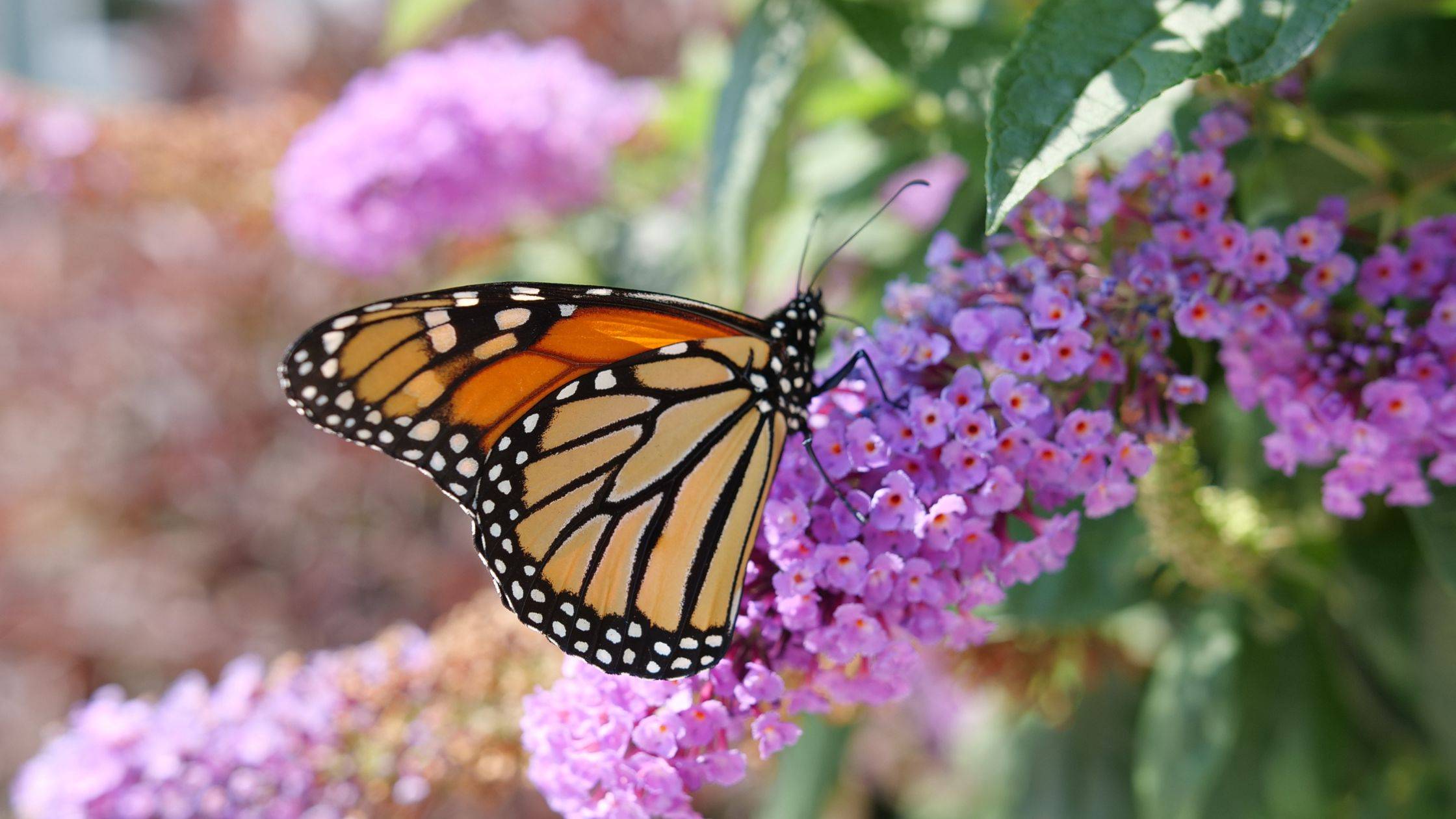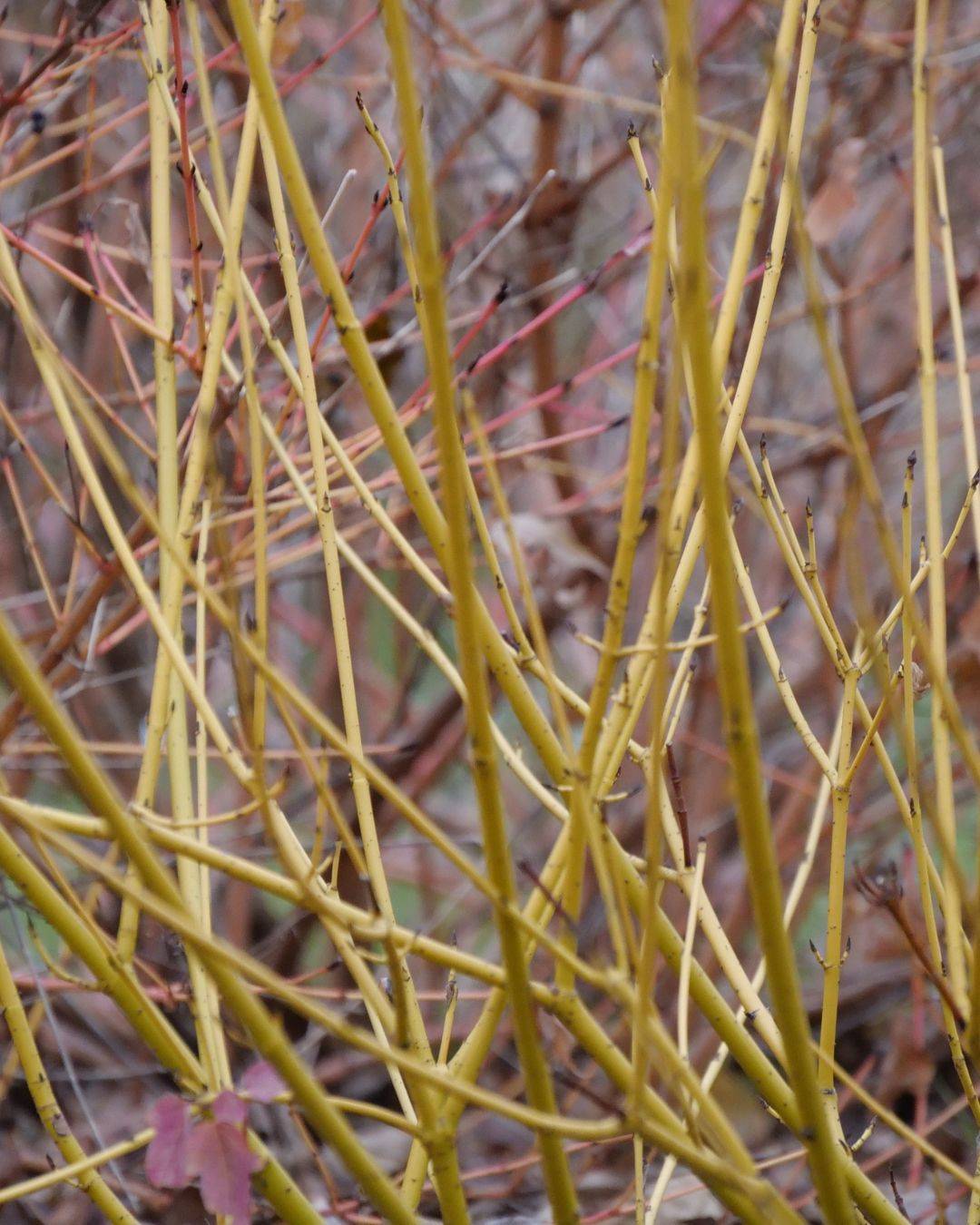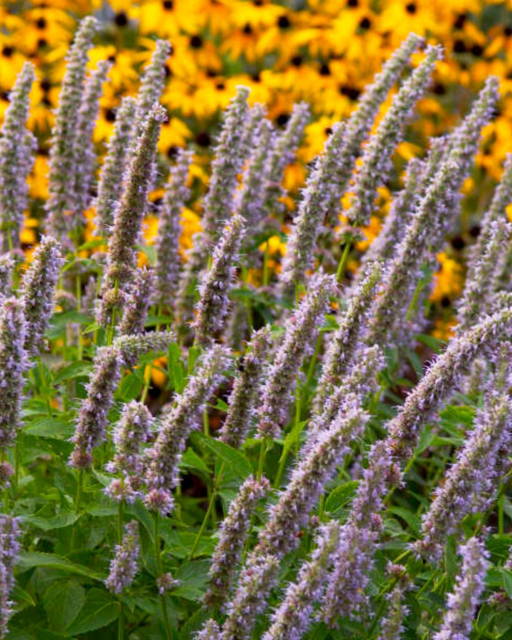How to help springtime pollinators in your garden

Author: Lindsey Griffith
The Importance Of Pollinators
It's that time of year again: when the bees and butterflies come out to play after months of hibernation! After emerging, these pollinators begin to visit flowers and other plants in search of food, distributing the pollen from flower to flower, aiding in the plant pollination and reproduction process. This process is critical to the ecosystem, with over 35% of the world's crops depending on pollinators to reproduce.
Popular pollinators include butterflies, honeybees, moths, birds, and other small mammals. However, some evidence suggests that these crop-boosting species could be in trouble, with their habitat under increasing stress from deforestation, pollution, and chemical misuse. The good news is that you hold power to create a gardening environment where pollinators can thrive! Here, we'll discuss different ways you can help create an ideal habitat for springtime pollinators in your garden.
Choose Pollinator-Friendly Spring Perennials
It’s vital for pollinators to feed early spring after months of hibernation to ensure their survival. One of the easiest ways to support a pollinator-friendly habitat during this time period is to opt for nectar-rich spring-blooming perennials in your garden. Not only are these flowers and bushes completely gorgeous, but they also produce a substantial amount of nectar and pollen during a crucial point in their lifecycle. Consider planting these spring-blooming pollinator magnets in your garden. Salvia, columbine, and bee balm are loved by our team of horticultural experts, and by butterflies too!
Hold Off On Your Spring-Cleanup
We understand how eager you might be to begin spring cleanup; but you should consider holding off on your garden area a just a little while longer! When you remove gardening materials or prune too early in the spring season, you risk disrupting or potentially destroying eggs or pollinators who may not have left hibernation yet. This is especially prevalent in areas with a slow spring season start.
Instead, consider waiting until temperatures reach 50 degrees consistently before cleaning your spring garden to keep pollinator homes safe. You can also opt to gently compile all debris in piles in your garden, this way it will make for easy cleanup when the time comes, that way your pollinator homes still stay in tact.
Learn about other reasons as to why you should procrastinate your spring garden cleanup.

Participate In “No-Mow-May”
One of the ways you can hold off on your spring garden maintenance is to avoid mowing your lawn. No Mow May, introduced by the UK wild plant conservation charity Plantlife, encourages people to take a break from mowing for 30 days in late spring. Studies have shown that mowing less frequently promotes pollinator-friendly food like weeds, clovers, dandelions, and more native plants to grow more robust. And for pollinators, starting off on the right foot (or should we say, 'wing',) is extremely important for a long and fruitful life.
Reduce The Use of Pesticides
Many garden pesticides and insecticides can be detrimental to pollinators. When butterflies and other insects get infected by an insecticide they can carry it back to their colony, potentially destroying it. While it may be unavoidable, there are still ways you can apply pesticides in a way that is less harmful to your garden pollinators.
#1. Apply pesticides and insecticides at night during the pollinators non-active hours.
#2. Avoid aerial applications as this increases risk of pesticide risks or drifts from the wind.
#3. Do your research, and opt for less toxic pesticides.
Opt for native Plants
Support your pollinators from early spring well into the end of summer with Native Plants. This can be a great addition to any garden, and reduce environmental impact by ensuring you aren't planting any invasive species. Since pollinators have evolved over time with native plants in a specified area, they've developed a mutually beneficial relationship.
Native plants NEED pollinators to continue evolving, while pollinators NEED native plants to feed. These native shrubs work well accompanying spring blooming perennials to create a whole ecosystem perfect for our biodiverse friends. Not to mention, native plants are already adapt to your local climate and environmental conditions, meaning they are low maintenance and great for beginners who want to create a pollinator-friendly garden.
Shop our collection of native plants from Butterfly Bushes:

Creating a Prosperous Pollinator Garden
In conclusion, there are many low-maintenance ways to create a pollinator-friendly garden and increase local biodiversity. These species are essential for all flowering plants, and springtime is one of the most vital times for their survival. Discover more ways you can support pollinators and native wildlife on our other blogs:
If you have questions, let us know! Comment your questions below or reach out through our contact us page. We have a team of horticulturalists who are here to help!

